Private Lessons from GrandMaster William C.C. Chen
What is Tai Chi Chuan and how does it satisfy what you’re looking for
Master Chen often refers to what follows as his: “Dictionary of Terms” or Definitions of “helpful” terms and phrases. You will see how they apply to body mechanics of tai chi chuan. Master Chen commonly uses analogies to help his students to understand and visualize. This helps to understand tai chi chuan applications.
Sinking while exhaling, called “pre-action”
The bird posture or A cat poised to jump


“The bird”
This occurs at the wind-up stage as a martial art and when you are practicing the tai chi chuan form. It requires focus and coordination with your breathing. Just as the bird prepares for take-off, or the cat winds up to jump, the tai chi wind-up, or pre-action phase requires focus. As the elbows are elevated, the muscles of the ribcage are focused downward, and the arches in your foot become rooted. And you stay rooted during the inhaling strike stage, including punching, pushing, or kicking. Master Chen says, “continue rooting”. At the same time your hips are moving back and the torso is partially bent forward. All this occurs when you are exhaling and preparing for the action step. NOTE: As the elbows raise higher the rooting is deepened and the hips move further back.
Focus on open arm-pits
Open arm-pits

“Hua Hua” An open arm pit “hua hua” (short for chuhuahua) or “water wings”
Water wings ‘”hua hua”
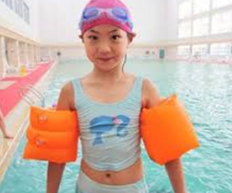

When you practice the forms or when you are pushing hands, or delivering a strike the space by your armpits are open and think of your rib cage as sinking.
“Chrunching” and “Scooping” Toes
Crunching the Toes Toe lifts Master Chen

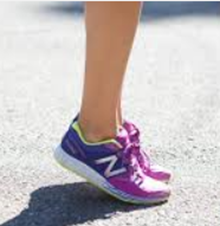
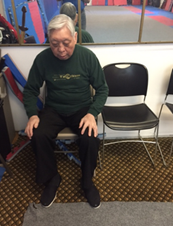
An easy sitting exercise for you to strengthen you toes. Sit on a chair with your back straight, your feet flat on the ground, with your hands on your knees. Lift your heals with the toes on the ground. Think of the force for the heel lift coming from your toes. Do this for 3 sets of 12.
To add additional force press down on your knees with your hands, as shown in the picture of Master Chen.
Scoop the big toe
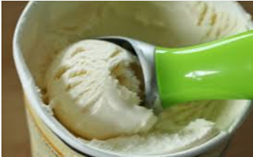
As you feel a rooting feeling in your toes, especially the big toe, you will feel the energy flow coordinated between your big toe and you thumb.
3 Nails

When the entire foot is rooted, the three points on the medial, or inner aspect of the sole are of particular importance. The first point is the big toe; the other two points are on the inner part of the heel and the inner part of the ball of the foot.
Rib Muscles
Like water flowing in a dishwasher the chi flows in your body.


While you are sinking from relaxing the muscles that surround the lower rib cage, it allows a pathway for energy flows in your body cavity. This is much like the way water flows through dishes lined up in a dishwasher.
Ulnar at the elbow: the ulnar nerve travels through a tunnel of tissue (the cubital tunnel) that runs under a bump of bone at the inside of your elbow. This bony bump is called the medial epicondyle. The spot where the nerve runs under the medial epicondyle is commonly referred to as the “funny bone.”
float upper body
sink lower body
sung quwa,
Sung
January 28, 2019 by Scott
To completely relax. Pronounced “soong.”
Sung – A relaxed body/mental state. This is different from collapsed or flimsy.
https://www.clearstaichi.com/tai-chi-chuan/tai-chi-glossary-584.html
How you move your body and coordinate your breathing with the movement of the muscles in your body will have an effect on energy flow and how you feel. Two important elements of body movements are Sun Quwa and Fa Ching.
SUN QUWA refers to the sinking of the hips. When it’s coordinated with your muscles and breathing it gets the body ready for action. Combined with exhaling it will feel as though you energy is compressed while you are forming roots. It feels as though the arch of your foot has a strong magnetic attachment to the ground.The back is kept straight, and the rib cage muscles are relaxed (see diagram re: intercostals below), as the ribs are thought to be floating, while the muscles of the rib cage such as the intercostals are relaxed.

While the back is always straight and the vastus medialis muscles are relaxed during exhale rooting occurs. The elbows only appear to be raised since the torso relaxes as the hips sink back. The triceps are also relaxed as the energy or chi is being rooting and compressed.
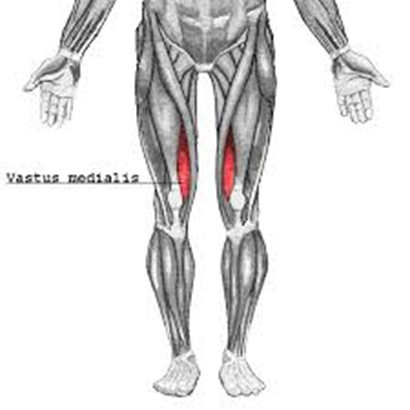
The movement is like the action of “the bird” prior to taking off.The bird winds up by sinking and compressing energy to get leverage during its winding up stage, or you can watch a cat sinking with a compression movement just prior to jumping; there’s a winding up before flight or jumping. With tai chi sun quwa shows that the elbows stay at the same level yet APPEAR to be elevated, and the hips are primed to move with the explosive energy upon the compression releases during an action step, as the energy flow “pops” as directed.
You should also focus on the on the elbow which coordinates with the pinky finger. The pinky rotates the hand and relates to the elbow’s “funny bone” during this process. As the pinky and elbow are coordinated the pinky’s rotation occurs during exhale and funnels the energy that was compressed into an action during inhaling. It makes sense because the “funny bone” and the pinky finger are connected with the ulnar nerve.During this motion the triceps are relaxed and are positioned slightly forward during exhaling or compression stage.

The hips, the medialis muscles, and the ribs muscles, are relaxed as the back remains straight. As seen below, in January 1984 as I sparred with William C.C. Chen note that my back was straight.
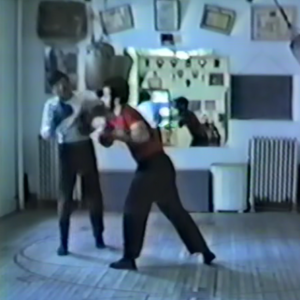

1984 Martin I. Saposnick and William C.C. Chen on 7th Avenue between 24th and 25th streets
FA CHING
https://www.clearstaichi.com/tai-chi-chuan/tai-chi-glossary-584.html
Fa jing (explosive energy) – This jing is the ability to move or discharge power explosively.
FA CHING refers to the releasing of the compressed energy as you inhale during an action. Note the rib cages related muscles are still relaxed. The rooting is maintained as you would “continued rooting” during an action, while you get power from the releasing of the compressed energy or chi.
Even though the elbows appear to be elevated notice that the triceps are relaxed and slightly forward. As the elbow “APPEARS” to be raised the “funny bone” is engaged reinforcing the compression, as you continue rooting during the action stage The ribcage muscles are relaxed, the back is straight. and the big toe and ball of the foot “scoops” as you are inhaling and releasing the energy.
Some of the terms used by Master Chen
- Wind up – occurs as the rooting with the whole foot intensifies….gets strong…like *an electromagnet turning on)
- Rooting – the energy sinks and coordinates with the “air lift” …focusing on
- the outside of the elbow, which is away from the body…
- water wings” like the floatation sleeves young children use as they learn to swim.
- the bird – the elbow appears to be raised…but actually stays at the same height as you wind up
- Pre-action is exhaling and winding up readying for a strike
- “pinkey fingers” – is a pre-action… the pinkies move counterclockwise
(opposite for uppercut) and with a spiral effect contact is made with a punch
- No,no,no,no, no during pre-action ….sleeping.an action step….waking up
Yes,yes,yes,yes,yes
- Serve the coffee.,serve the tea are action steps and push off…tips of fingers moves in toward you this fuels/lead to punch
- water landing – elbows appear to be raised like the flaps on an airplane’s wings when landing
- “Quadro” (wind up on each side of the body…the upper and lower part of the body…like the action of a bow (& arrow)